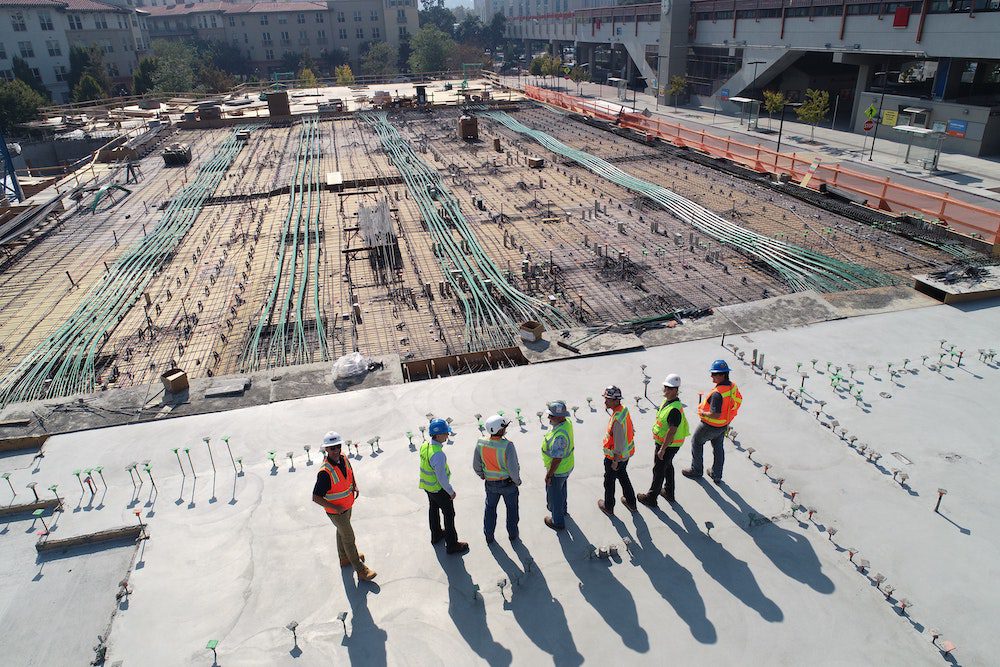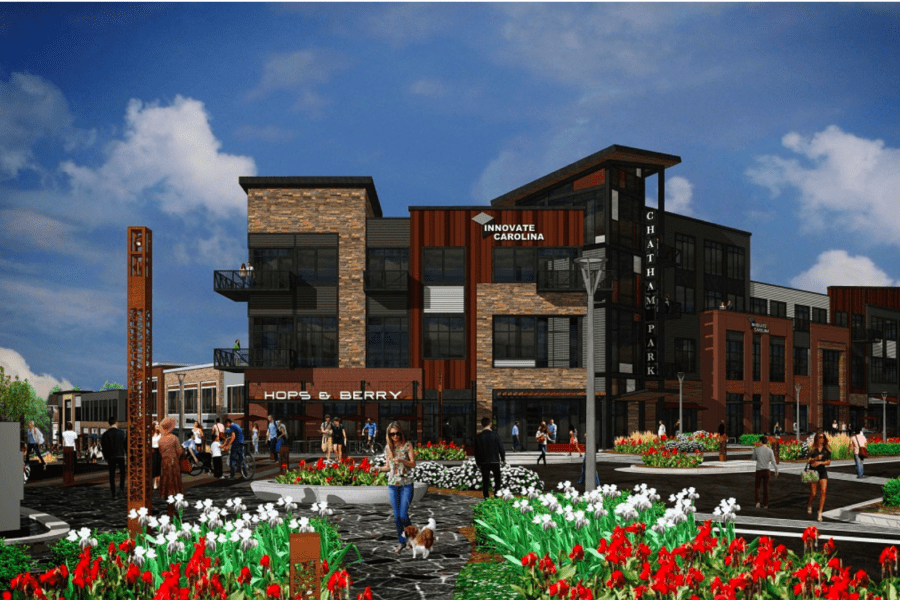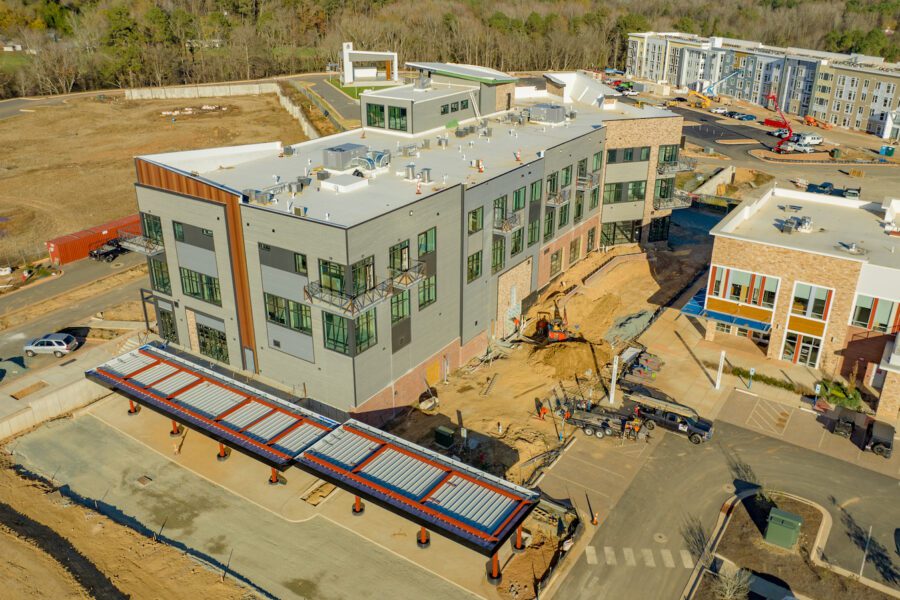Cost-overruns are a serious liability risk for developers. Issues with investors, expectations, potential financial losses and even possible lawsuits loom in the face of escalating construction costs for a number of companies in the industry. A recent survey from Procore reveals that 75% of all construction projects are over budget.
Your architect should play a significant role in mitigating the potential for cost overruns. More than that, the right architect will incorporate cost efficiencies into your design right from the start of your project. Your financial goals should drive design decisions – which seems obvious. However, many architects don’t operate with cost-efficiencies in mind – leaving developers paying the price.
Here are 5 ways the right architect can provide leadership to produce an economical project.
1. Design with Standard Methods of Construction
Cost-effective design begins at the concept stage, pursuing solutions created with construction in mind from the start. Your architect needs to have a deep understanding of standard methods of construction, and how value-engineering is accomplished. With this knowledge as a foundation, your architect can then design the creative details that express your brand without exceeding your budget.
Conversely, many architects propose complicated details or unnecessarily expensive structural designs that make value engineering later in the process extremely difficult …because the concepts were not designed to be economical in the first place.
When your architect incorporates standard methods of construction, you’ll avoid unnecessary cost overruns. Ask your architect for creative concepts that not only meet your brand requirements but are readily achievable with traditional and typical construction methods.
2. Use Cost-Efficient Materials
Will your architect select trendy or premium materials that look great, but are impossible to source or wind up being prohibitively expensive? Ask about using readily available materials that are affordable.
Work with an architect who knows how to incorporate economical and easily obtainable materials and use them in innovative ways. Remember, affordable doesn’t have to mean bland or generic. The right architect knows how to deliver designs that are easy to build while still achieving an upscale, sophisticated appearance.
3. When in Doubt, Detail it
When architects fail to include enough detail, your project is at risk of blowing your budget. This creates doubt for the contractor, usually resulting in built-in contingencies in bids to confirm unforeseen scope. This drives costs up unnecessarily and is entirely avoidable.
You should expect so much detail in your construction documents that contractors don’t have to guess at wall placement, assembly, or materials.
For example, detailed drawings should include:
- Wall sections cut through every unique condition
- Wall details of specific assemblies
- Enlarged plan details
- Exterior elevation notations that depict every material on the exterior of the building, where it goes, and what color it is
- Drawings that are easy to read, well-organized, and thorough
Expect your architect to deliver detailed drawings that leave no room for interpretation and no questions unanswered for bidding contractors. Your project drawings should clearly inform contractors of the full scope of the project and exactly how it will be built. The closer you can get to having concept renderings that reflect a fully realized project, the more cost-efficient your project will be.
4. Details Pay Off During Construction
Once in construction, you can expect the detail your architect delivers to pay benefits by minimizing the questions from the contractor during the construction process. If your projects have historically exceeded estimated costs once construction begins, or face time delays due to excessive RFIs, think about upping your game with better detail from your architect.
When drawings include all the construction conditions and other small details in the construction documents, your contractor will have fewer clarifying questions during construction. You’ll benefit from fewer cost changes and delays.
Thorough, detailed, and quality drawings allow your vision to be built as originally designed and within your pro forma budget.
5. Plans that Achieve Your Business Goals
Many architects lose sight of your business needs and habitually present designs that are more artistic than practical. Communicate your goals and financial requirements at the beginning of your project. Challenge your architect to achieve your goals and deliver your vision for the project.
Expect your designer to keep your business needs in mind with:
- Energy-efficient designs that save you money from the start and continue for the long term
- Unique, branded designs that differentiate your project in the market
- Designs that increase tenant interest from the get-go and minimize turnover
- Solutions that can be built simply while achieving an attractive aesthetic
About Finley Design
Finley Design believes that every client deserves a cost-efficient commercial design. Unlike architectural firms that don’t design for your return on investment, Finley Design is the partner you can trust to deliver solutions with your budget and long-term success in mind. Our deep understanding of standard construction practices, cost-effective materials, and unmatched detailed drawings reduces risk for our clients. That expertise, combined with the innovative creativity of the firm’s designers, provides you with the skills you need to build a financially successful project with a compelling, highly competitive, unique brand.
Talk to Finley Design about your next Mixed Use, multi-family, office, retail, or renovation project and experience the difference.



